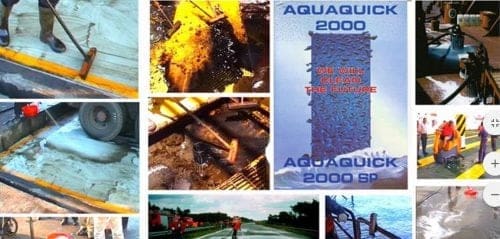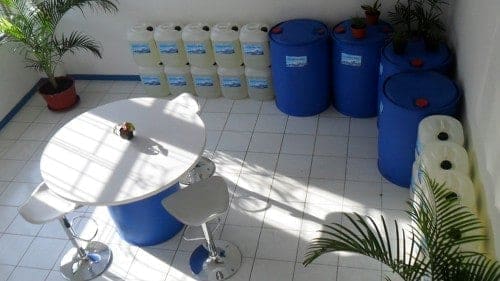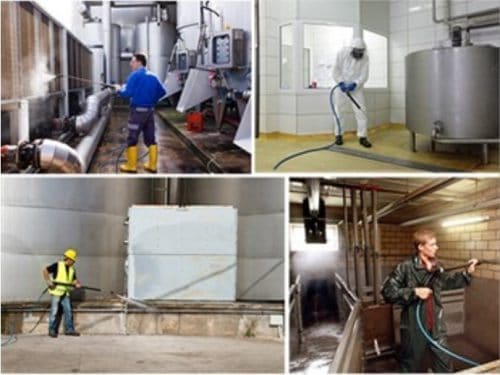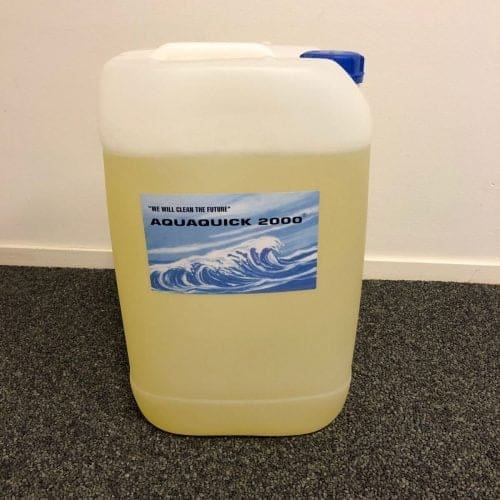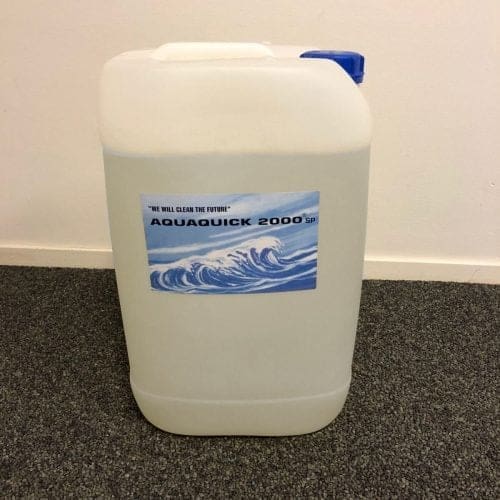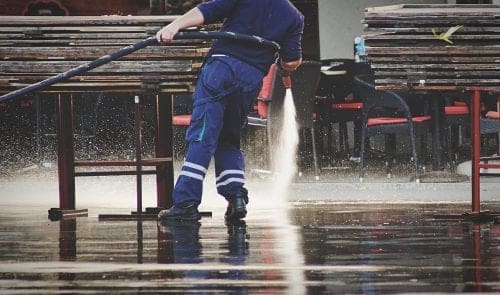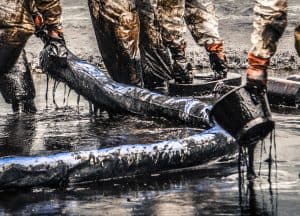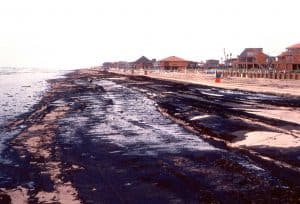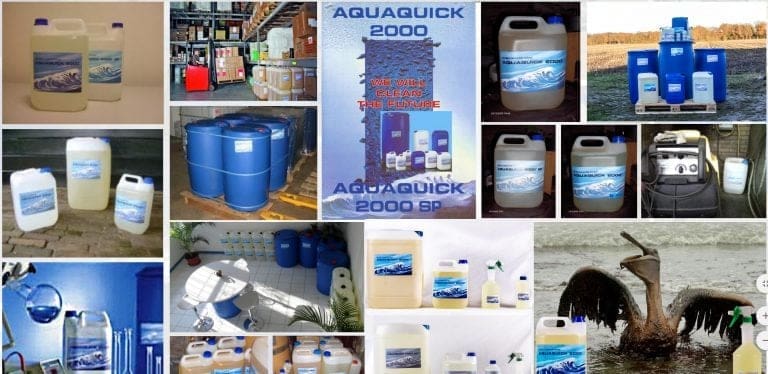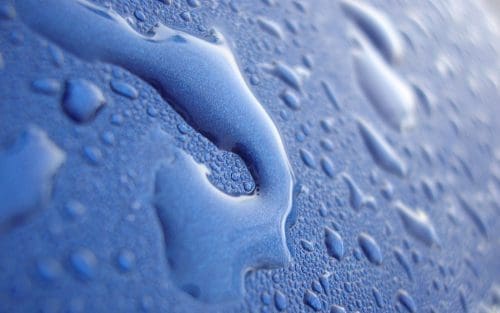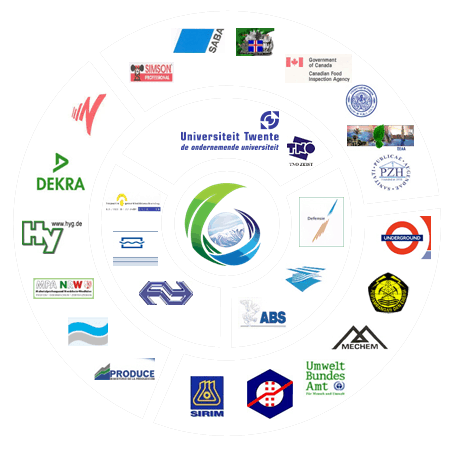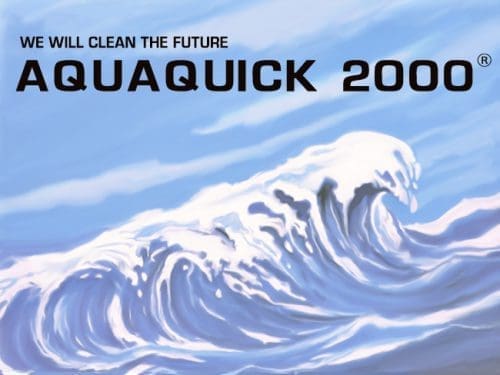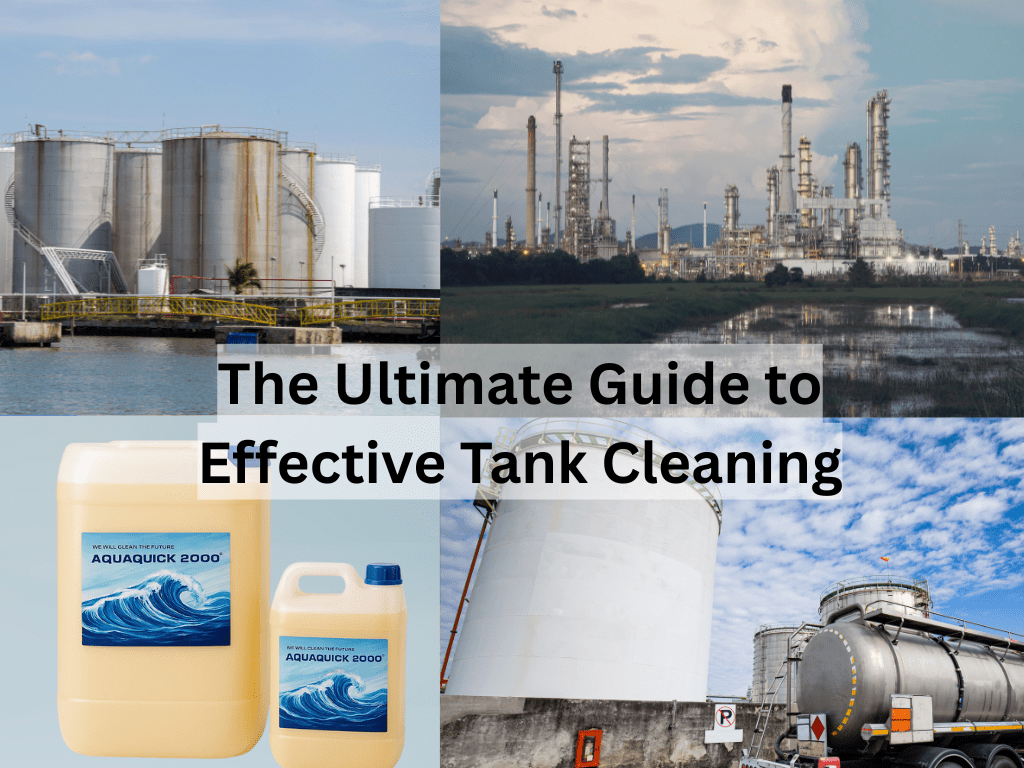Proper tank cleaning is essential across multiple industries—from fuel storage and marine vessels to wastewater and food-grade containers. Over time, tanks collect sludge, residue, and sometimes even toxic gases, making them hazardous and inefficient. Without regular temizlik, tanks become breeding grounds for corrosion, contamination, and mechanical failure.
Why Tank Cleaning Shouldn’t Be Ignored
Many operators delay tank cleaning until problems surface—such as foul odors, poor fuel quality, or equipment damage. But routine cleaning ensures:
- Better fuel or product quality
- Longer tank life
- Reduced safety risks
- Compliance with environmental regulations
Neglecting this maintenance can lead to sludge buildup, microbial growth, and even fuel system clogs.
Methods of Tank Cleaning
There are multiple approaches to tank temi̇zli̇ği̇, depending on the tank’s contents, size, and level of contamination:
1. Manual Cleaning
Workers enter the tank via a manhole and clean it using brushes or stiff brooms. This method is labor-intensive but effective for small tanks or tight spaces.
2. High-Pressure Jetting
Ideal for large industrial tanks, high-pressure water jets—up to 3500 PSI—can blast away stubborn deposits. This method becomes more effective when used with a powerful cleaning agent like AQUAQUICK 2000.
3. Automated Sprinkler Systems
Systems like the Butterworth method distribute the cleaner evenly inside the tank, allowing for chemical action, heat, and pressure to break down waste without manual effort.
AQUAQUICK 2000: The Perfect Companion for Tank Cleaning
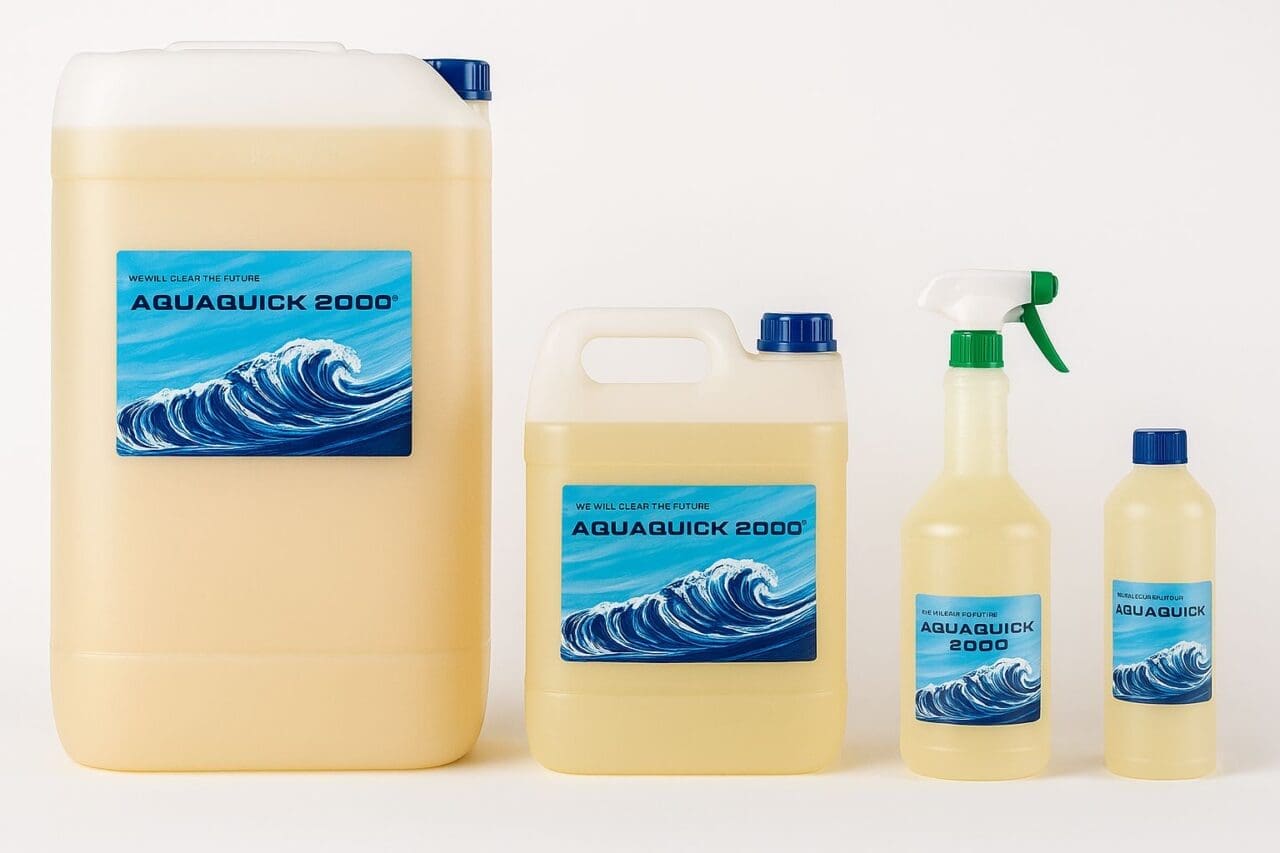
AQUAQUICK 2000 is a game-changer in the world of tank temizlik. It’s a non-toxic, coating-friendly solution that safely breaks down hydrocarbons, sludge, and sticky waste materials. The cleaner becomes even more effective when used with hot water or pressure, melting thick waste similar to how hot milk thins out a peanut butter milkshake.
What sets AQUAQUICK 2000 apart is its compatibility with all tank materials. It doesn’t damage coatings, metal, or paints. Whether you flush the tank multiple times or use automated cleaning systems, AQUAQUICK 2000 guarantees results without harming the structure or environment.
For tough sludge, use a dilution ratio of 1:15 or 1:25. Avoid diluting beyond 1:50, especially if the sludge is thick and hardened.
Sonuç
Routine tank temi̇zli̇ği̇ isn’t just about cleanliness—it’s about maintaining operational efficiency, safety, and environmental compliance. Whether you’re managing a fuel depot, marine vessel, or industrial site, choosing the right method and cleaner makes all the difference. AQUAQUICK 2000 delivers a powerful, safe, and efficient cleaning experience, making it a must-have for every professional tank maintenance routine.

